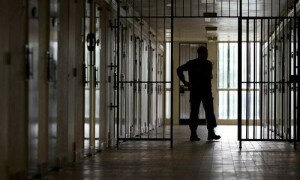ISLAMABAD and Beijing are celebrating a decade of CPEC this month. Indeed, this decade has seen China become the biggest source of investment, loans and grants for, and the largest trading partner of, Pakistan. Islamabad has so far received $25.4bn in direct Chinese investment in various transport, energy, and infrastructure schemes under the flagship connectivity and investment corridor project, part of Beijing’s Belt and Road Initiative. The CPEC-related investments are in addition to the huge loans and currency swap arrangement of CN¥30bn that Beijing has provided to Islamabad over the last 10 years to support its flagging economy, ease pressure on its weakening debt repayment capacity and reduce its dependence on dollars for trade to protect its forex reserves. The role played by China to help Islamabad avert a sovereign default was publicly acknowledged by Prime Minister Shehbaz Sharif the day after the IMF gave its initial nod to the new short-term $3bn funding programme.
However, the CPEC initiative has not been without challenges and controversies. While the opacity around the award of contracts to Chinese firms without any competition, tax incentives given to them and high returns guaranteed for power generation projects under CPEC raised many an eyebrow in the media and business circles in the country, doubts raised by certain foreign elements led some to see the project as a debt trap. Most controversies around the transport and infrastructure initiative have receded with time, but concerns at the lack of transparency in the way the investment schemes are approved still linger. It was because of such concerns that we have not seen much development — greater bilateral cooperation in the industrial and agricultural sectors — in CPEC’s second phase in the last five years.
The 10-year celebrations afford both countries an opportunity to take stock of what has been achieved so far and chalk out the way forward for greater economic connectivity. Pakistan must tweak its outdated industrial and agricultural policies to attract Chinese investment and technology. This is of enormous importance for Pakistan, as it urgently needs to boost its productivity to increase its exports and bridge the widening trade gap, which is the main cause of its balance-of-payments crisis. We also need to close the trade deficit of around $20bn with Beijing. That is not possible without quickly completing the special economic zones to convince Chinese firms to relocate their manufacturing facilities here for export back home and elsewhere in the world. Likewise, we need Chinese experience and technology for boosting our agricultural output in order to curtail rural poverty and create exportable surplus. At the same time, we should enhance our efforts to link Afghanistan and the Central Asian states and, if and when possible, India and other South Asian economies with this trade route to fully exploit CPEC’s true potential.
Published in Dawn, July 8th, 2023










































Dear visitor, the comments section is undergoing an overhaul and will return soon.